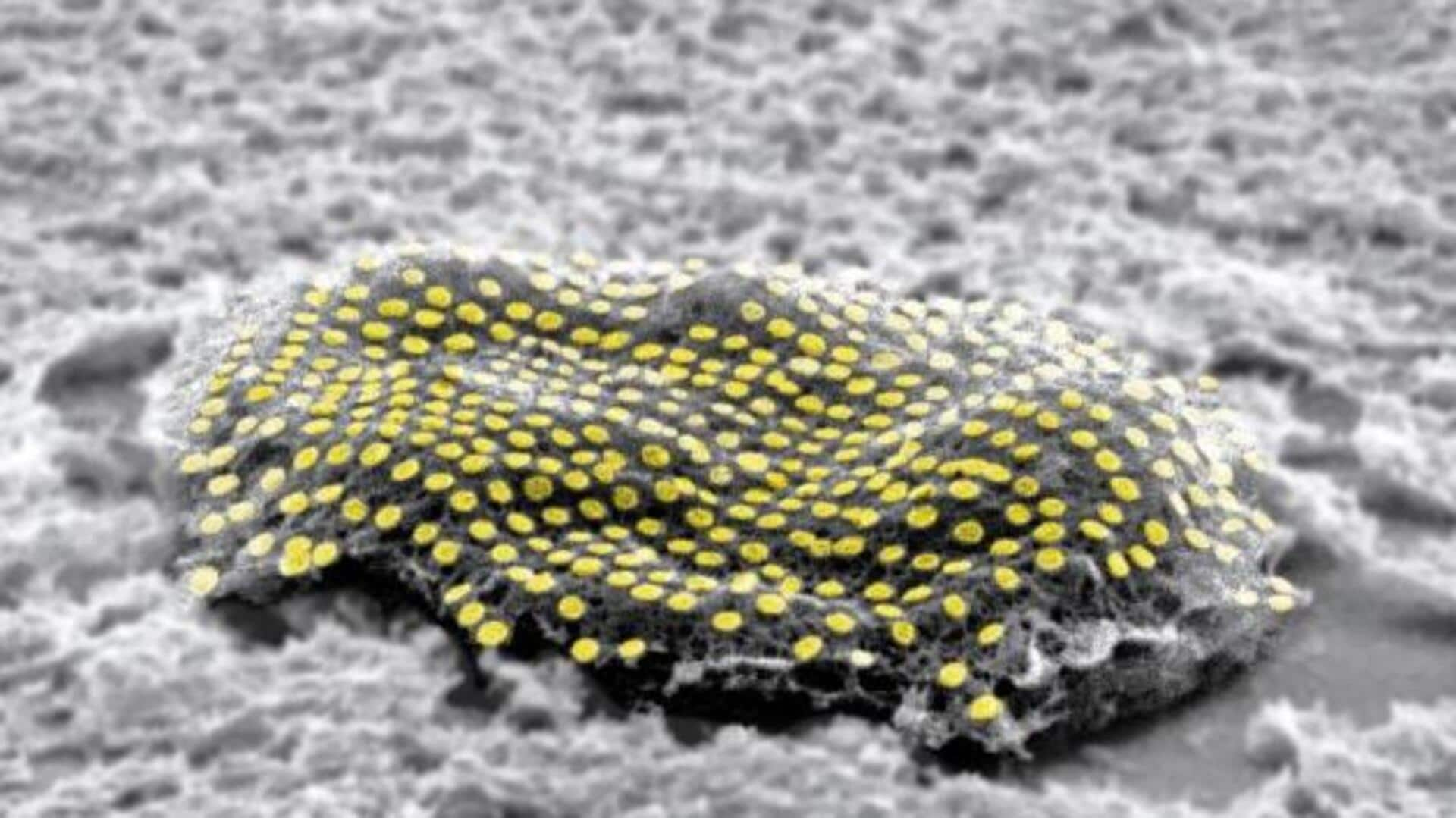
Gold tattoos on living cells? These scientists made it possible
What's the story
Researchers have made a significant breakthrough in integrating human cells with electronic devices, by developing a technique to tattoo gold onto living tissue. Using nanoimprint lithography, they successfully printed patterns of gold nanodots and nanowires onto living mouse embryo fibroblast cells, laying the foundation for more complex circuitry. The study was conducted by a team of scientists at Johns Hopkins University, US.
What Next?
Nanoimprint lithography is a low-cost procedure
Integrating electronics with human biology has faced challenges due to the incompatibility of living tissue with manufacturing techniques used to construct electronics. The new technique overcomes these obstacles by using nanoimprint lithography. It is a relatively simple and low-cost method that avoids harsh chemicals, high temperatures, or vacuums that can destroy living tissue.
Details
It could aid in early disease diagnosis
This innovative method has potential health applications, as it could enable sensors to remotely monitor and control individual cells and their environment in real time. This would allow for earlier diagnosis and treatment of diseases before an entire organ is damaged.